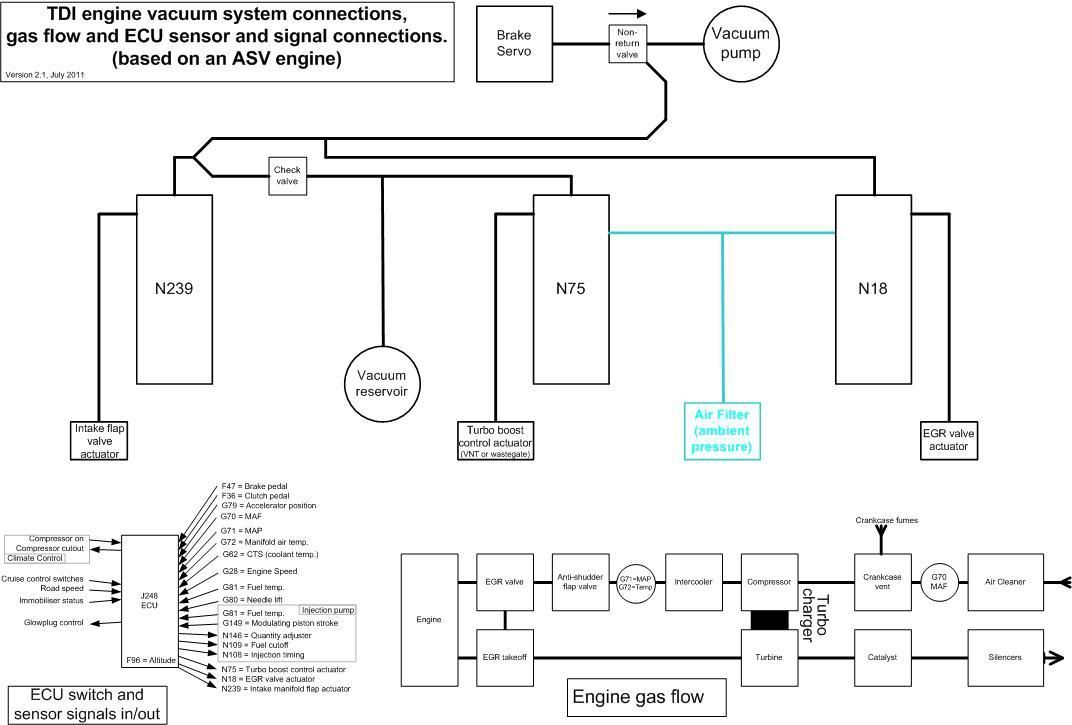i have heard of a local dealer (not vag) replace a brand new engine from water inhalation
then proceeded to test drive it without emptying the cooler
then ordering a new engine again when they got towed back in
was it run by Homer Simpson

i have heard of a local dealer (not vag) replace a brand new engine from water inhalation
then proceeded to test drive it without emptying the cooler
then ordering a new engine again when they got towed back in

have got a replacement engine. My engine was a asv 110.
The one i got is a agr, is it the same spec or is it a 90 bhp
asv - 110
agr - 90



